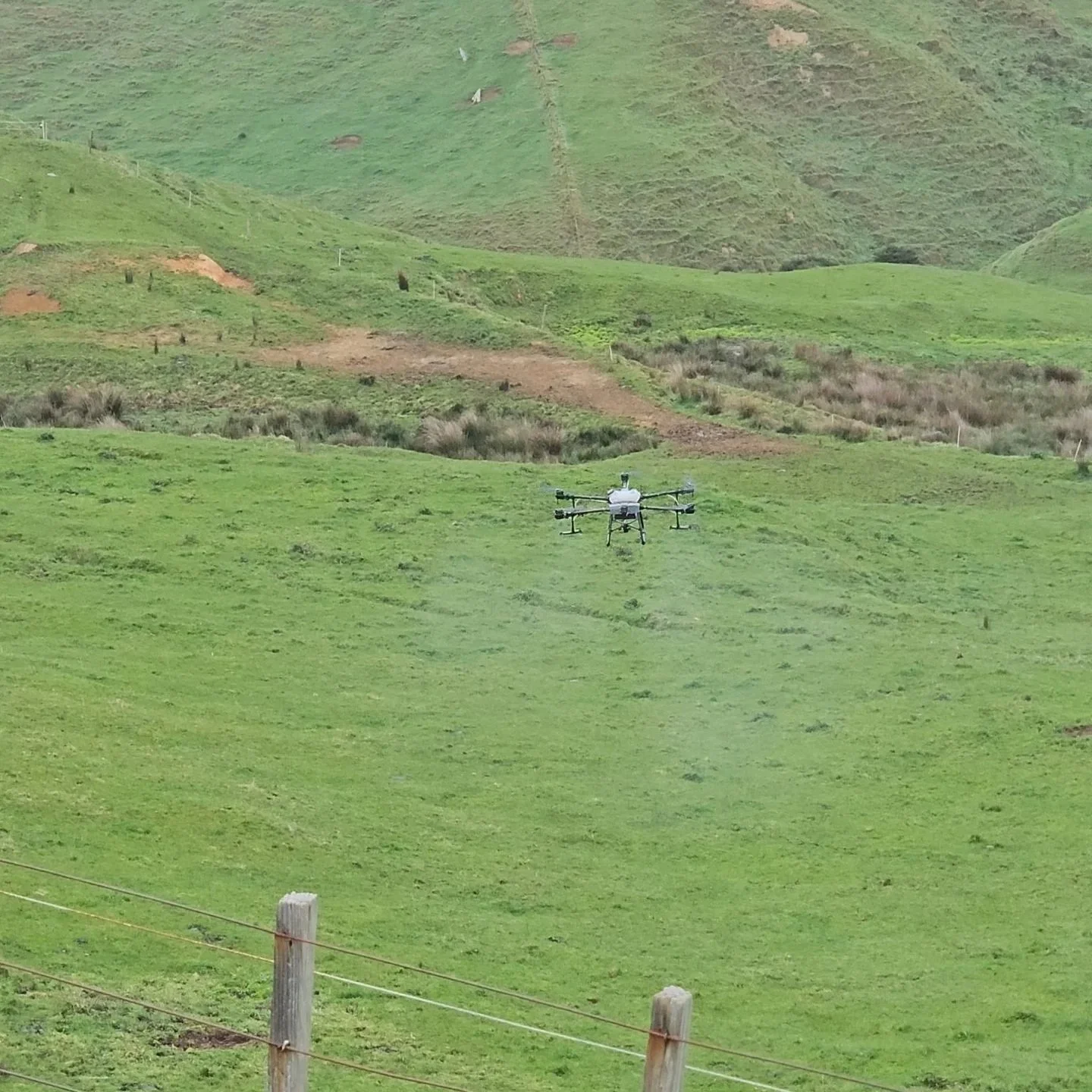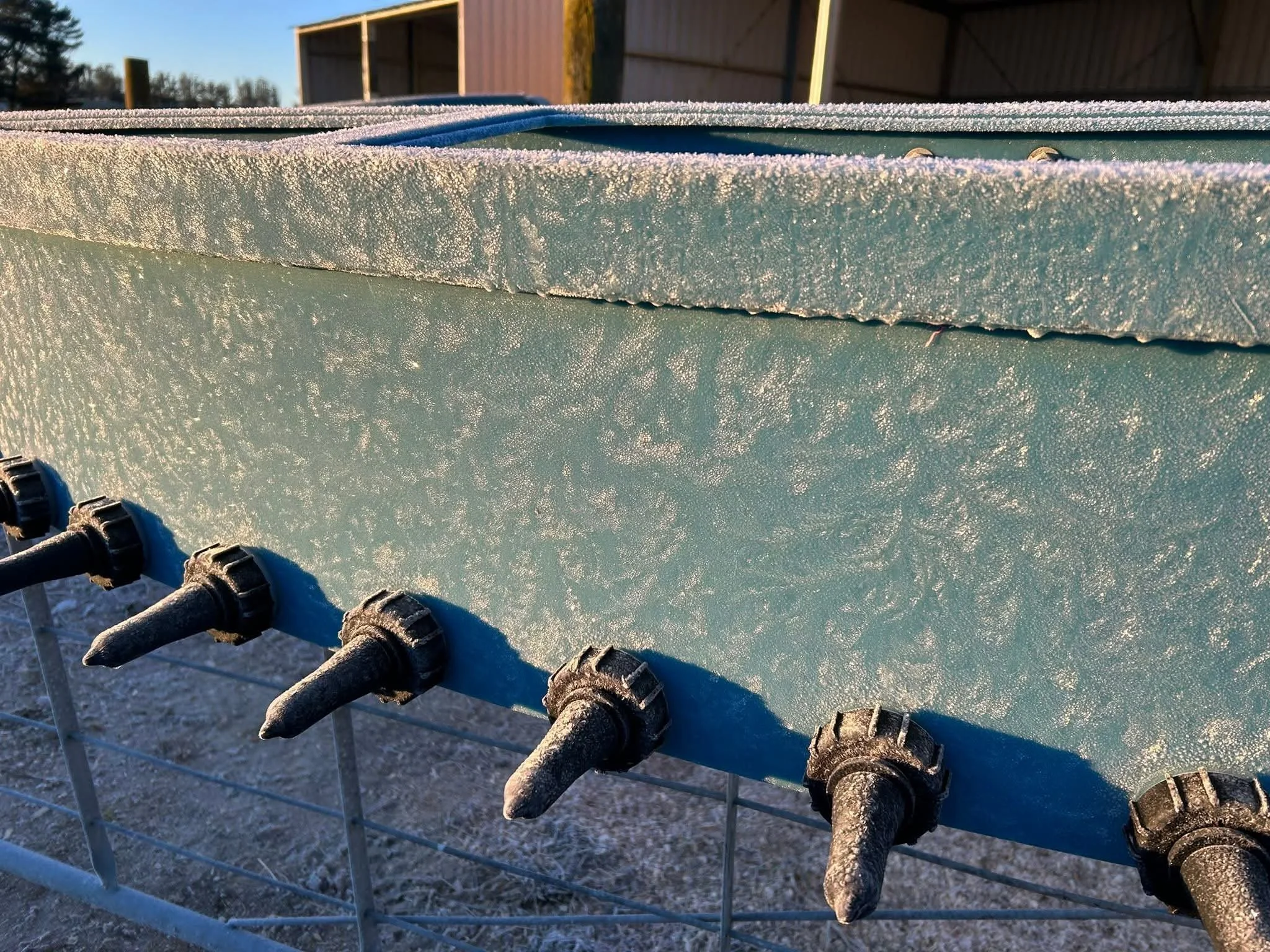Winter Feed Pinch: Practical Pastute Tips for Waikato Farmers
Calving has come on hard and fast this year, and back-to-back frosts have made the challenge even tougher. With pasture growth slowing just as feed demand spikes, many farmers are feeling the pinch. It can be tempting to open up the herd and give them more now, but sticking to the spring rotation planner is key to long-term success. Protecting regrowth early sets up stronger recovery and ensures pastures are in the best possible condition heading into balance date.
Seasonal Outlook: What the Experts Are Saying
According to NIWA’s latest forecast, New Zealand is sitting in ENSO-neutral conditions — neither El Niño nor La Niña. That means we’re not expecting the climate extremes those phases usually bring. Temperatures are forecast to sit above average into spring, though cold snaps and frosts will still occur. Rainfall is expected to vary by region, with some areas facing wetter conditions than usual.
For farmers, this outlook suggests that while growth has slowed now, pastures are likely to bounce back as conditions warm through late winter and early spring.
Boosting Pasture Growth
Short-term tools can help bridge the gap. ProGibb is an excellent way to stimulate pasture growth when covers are under pressure. By encouraging leaf elongation, it can quickly add extra feed. Combining ProGibb with a weed spray is both economical and effective — giving you more grass while keeping weeds from competing for nutrients.
Practical Strategies to Manage a Feed Deficit
Alongside growth boosters, there are several proven ways to manage tight feed supply through calving:
Stick to the rotation planner – Protect regrowth and avoid running out of grass before balance date.
Manage residuals carefully – Keeping post-grazing residuals consistent prevents setbacks in regrowth.
Prioritise crops and supplements – Where available, make use of maize silage, baleage, or PKE to ease pressure on pasture.
Use sacrifice paddocks – If necessary, allocate a small area to avoid damaging the whole farm.
Weed control – Knocking back broadleaf weeds now ensures nutrients go to the pasture you need most.
Plan around soil conditions – Manage grazing to reduce pugging and protect paddock structure in wetter areas.
Looking Ahead
Every decision now affects how quickly farms recover towards balance date. Holding firm to the spring rotation plan, making smart use of growth regulators, and managing supplements wisely will all contribute to a smoother transition. With neutral climate conditions and warmer temperatures on the horizon, pastures will get their chance to bounce back — the key is making sure they’re ready to respond.
How Drone Spraying Helps
Winter weed spraying and growth regulator applications can make all the difference in setting up strong pastures. Using a drone sprayer in Waikato is often the most efficient way to get the job done, especially in wet paddocks or on steep ground where tractors struggle. Drones cover ground quickly, reduce compaction, and deliver precise application rates, ensuring every hectare counts. For farmers looking to save time and maximise pasture growth, drone spraying is a practical and effective option this season.






